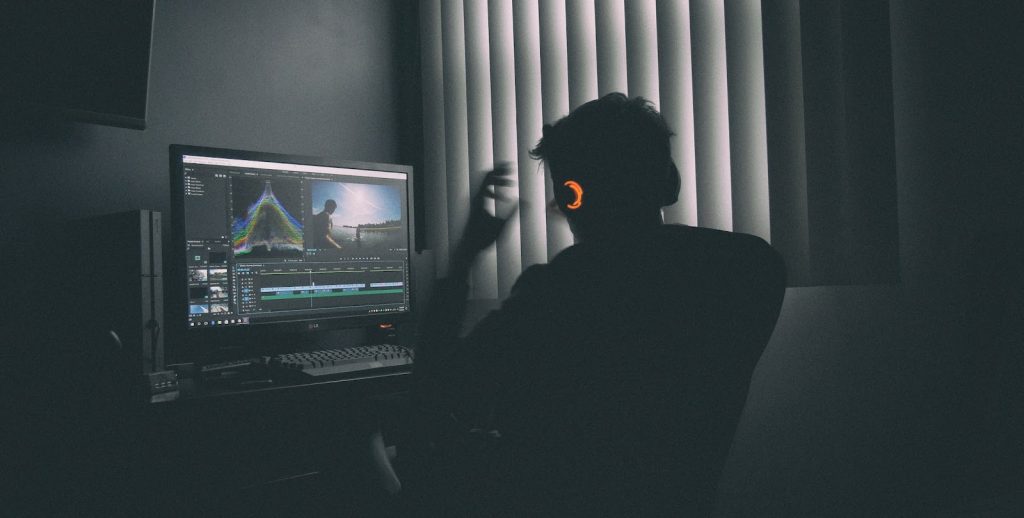When it comes to the art of capturing an audience’s attention, few crafts can come close to the power of cinema. The moving images on the big screen and the captivating stories that accompany them make watching a movie a unique experience, unlike any other form of entertainment. Cinema has long been celebrated for its ability to create narrative worlds that allow us to immerse ourselves in their stories. But what exactly are the tools filmmakers use to grab our attention?
In this post, we will explore how films draw viewers in and explain why they have such staying power in popular culture. Read ahead as we discuss several strategies directors employ when making movies, from thrilling plotlines and dreamy vistas – all intended to capture your interest until the credits roll!

Make Sure It Is Organised Properly
The key to captivating an audience is having a clear and structured narrative. Make sure your story has a beginning, middle, and end that follows logically from one point to the next. A good movie should not have glaring holes in its plot or confusing jumps between scenes. If the narrative isn’t cohesive and organized, viewers may become easily distracted or disinterested. It can also be organized by CH Events, characters, and timelines which help you to keep track of the story better. This way, you can avoid any plot holes or confusing scenes that may pull the audience out of their experience.
Understand the Power of Visuals
Captivating shots are not just a matter of luck or having a good camera. To truly make an impact, one must understand the power of visuals and how they can be manipulated through lighting, angles, and framing. These elements can transform an ordinary movie scene into an extraordinary one, capturing the attention of the viewer and elevating the overall message of the image. It’s about knowing how to make the subject stand out, convey the desired mood or tone, and create a sense of depth and dimensionality. Whether it’s for artistic or commercial purposes, mastering the art of visual storytelling can make all the difference in producing truly captivating shots.
Harness the Power of Audio
When it comes to storytelling, it’s not just the words on a page that matter. The right mix of music and sound effects can enhance and elevate a story to new heights. Whether you’re reading a book, watching a movie, or listening to a podcast, the sound design can make all the difference in how you experience the story. Imagine a tense action scene without the booming sound of explosions or a romantic moment without the gentle strumming of a guitar. Sound effects and music can evoke emotions and create an atmosphere that words alone can’t achieve. Harnessing the power of audio through platforms built for teams of sound engineers is key to taking your story to the next level.
Learn the Basics of Storytelling
Storytelling is an art form that has been around since the beginning of human history. Whether it’s through oral tradition, books, or films, stories have the power to captivate audiences and transport them to another world. But what makes a story captivating? At its core, it’s all about creating a narrative that draws viewers in and captivates them until the very end. This can be achieved by building complex characters, crafting unexpected plot twists, and creating a world that feels both familiar and foreign. Learning the basics of storytelling is like learning how to craft magic. Once you know the tricks of the trade, you can create compelling storylines that hook viewers from the very first sentence. So, take the time to master this skill and watch as your stories come to life in ways you never thought possible.
Utilize Editing Techniques

Editing is a powerful tool that can take a scene from average to extraordinary. With the right cuts and transitions, you can unify disparate elements into a cohesive whole that tells a compelling story. For example, cutting away from a character’s reaction shot at just the right moment can heighten tension and keep the audience on the edge of their seats. Similarly, a well-placed transition can be the difference between a scene that drags and one that pops. By understanding the art of editing, you can take your filmmaking skills to the next level and bring your vision to life.
Develop Effective Dialogue
When it comes to writing effective dialogue, there’s no substitute for practice. After all, every great writer was once a beginner, and it’s only through dedication and hard work that they were able to develop their skills. But what makes for smart dialogue, and how do you ensure that it carries a scene’s momentum? The key is to stay true to your characters’ voices and to make every word count. Whether you’re writing a tense confrontation or a lighthearted exchange, aim to create dialogue that is both realistic and compelling. By doing so, you’ll be able to engage readers and keep them hooked from start to finish. So why not put your skills to the test today, and see just how effective your dialogue can be?
Keep an Eye out for Trends
Technology is constantly evolving and the same can be said for the world of cinematic storytelling. As filmmakers, it is important to have a keen eye on the latest technological trends and innovations that can help elevate storytelling in films. Whether it’s using virtual reality to immerse viewers in a whole new world or experimenting with cutting-edge camera equipment to capture stunning visuals, staying up-to-date on the latest technologies is crucial in enhancing the art of storytelling.
We live in a world where audiences crave new and exciting experiences, and with the ever-changing landscape of technology, the possibilities for cinematic storytelling are truly endless. So, keep an eye out for those up-and-coming trends, because who knows what groundbreaking technologies will emerge in the future.
Cinematography is a powerful art form because it allows you to create something beautiful and captivating that draws in viewers. Whether you’re working on a feature film or a simple web series, the principles of creating meaningful visual imagery remain the same. By understanding the impact of visuals, sound, and storytelling, you can effectively capture an audience’s attention with cinema magic.
